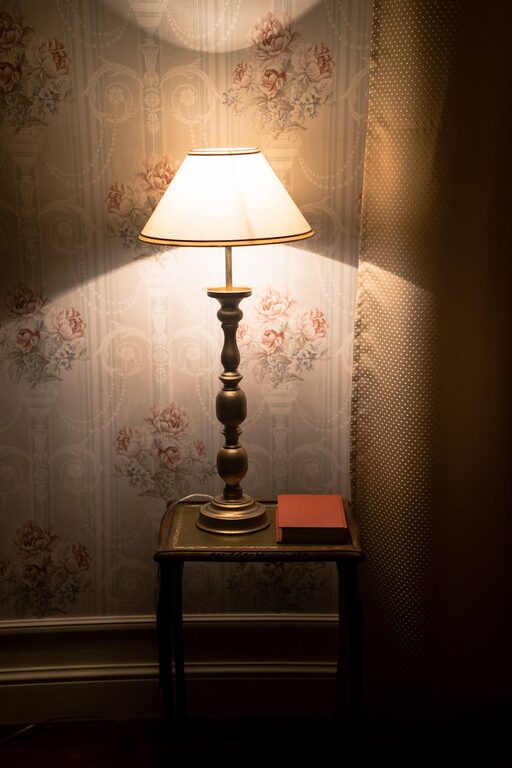Creating a comfortable living space isn’t just about furniture and colors—it also heavily depends on your home lighting. Good lighting can transform a room, influence your mood, and even help you feel more relaxed and productive. If you’ve ever felt that harsh glare or struggled with dimness in your rooms, this guide is for you. Here are practical tips to help you choose comfortable home lighting that suits your lifestyle and enhances every room.
Why Comfortable Home Lighting Matters
Lighting affects how you perceive your space. Too bright or too dim lighting can cause eye strain, headaches, and discomfort. The right lighting:
– Improves visibility and focus
– Creates an inviting atmosphere
– Highlights decor and architectural features
– Supports healthy sleep patterns by adjusting brightness and warmth
Now, let’s explore how to select the best lighting for comfort and style.
Understand Different Types of Lighting
Before picking fixtures, it helps to know the categories of lighting used in home design.
Ambient Lighting
This is the main source of light in a room, often coming from ceiling fixtures, recessed lighting, or large lamps. It provides overall illumination.
Task Lighting
Focused on specific activities like reading, cooking, or working, task lighting includes desk lamps and under-cabinet lights.
Accent Lighting
Used to highlight architectural elements, artwork, or plants, accent lighting adds depth and character with spotlights or track lights.
Balancing these three types creates a layered effect—both practical and pleasing to the eye.
Choose the Right Color Temperature
Color temperature describes the hue of the light, measured in Kelvins (K). It ranges from warm (yellowish) to cool (bluish).
– Warm White (2700K–3000K): Cozy, relaxing, perfect for living rooms, bedrooms, and dining areas.
– Neutral White (3500K–4100K): Balanced, natural light suitable for kitchens and bathrooms.
– Cool White (5000K–6500K): Bright and stimulating, good for workspaces or garages.
For comfort, most homeowners prefer warm and neutral whites in living spaces, avoiding harsh cool lights that can feel clinical.
Use Dimmers to Adjust Brightness
Installing dimmer switches is one of the simplest ways to customize lighting comfort. Dimmers allow you to:
– Control brightness according to the time of day or activity
– Save energy by reducing light output
– Extend bulb lifespan
With dimmers, you can shift from bright, focused lighting to soft, ambient glow effortlessly.
Consider Natural Light and Window Placement
Natural light is an excellent comfort factor. When choosing lighting:
– Assess how much natural light your rooms get during the day
– Use light-colored curtains or blinds to soften sunlight
– Complement natural light with artificial sources to avoid dark spots in the evening
Maximizing daylight reduces the need for strong artificial lighting and enriches room comfort.
Select Comfortable Bulbs
The type of bulb affects light quality and comfort.
– LED bulbs: Energy-efficient, come in various colors and brightness levels, and produce minimal heat.
– Incandescent bulbs: Warm, soft light but less energy-efficient and shorter lifespan.
– CFL bulbs: Efficient but take time to warm up and contain small amounts of mercury.
LEDs are the most flexible and cost-effective choice, available in dimmable options and warm tones.
Position Lights Thoughtfully
To avoid discomfort like glare and shadows:
– Place task lights where they illuminate your work directly without shining in your eyes.
– Use lampshades or diffusers to soften harsh bulbs.
– Avoid placing bright lights behind screens or mirrors.
– Position accent lighting to highlight without overwhelming.
Test different angles and distances before finalizing fixture placement.
Match Fixtures with Room Size and Style
Oversized chandeliers may overpower small rooms and vice versa. Also, your fixture style should complement your decor for a cohesive look. Consider:
– Ceiling height and room dimensions
– Fixture size and number of bulbs
– Materials and colors that blend with furnishings
Balanced scale and style contribute indirectly to a comfortable lighting environment.
Incorporate Smart Lighting Solutions
Smart bulbs and lighting systems offer customizable settings for maximum comfort. Features include:
– Adjustable color temperature and brightness via apps
– Scheduling lights to mimic natural patterns
– Voice control with smart assistants
Smart lighting can help you experiment and fine-tune your home’s ambiance conveniently.
Final Thoughts
Comfortable home lighting isn’t complicated but requires thoughtful choices. Start by balancing ambient, task, and accent lights, picking the right bulb color temperature, and using dimmers. Don’t forget to consider natural light and fixture placement. With these tips, your home will feel more inviting, functional, and pleasant to spend time in.
Happy lighting!



